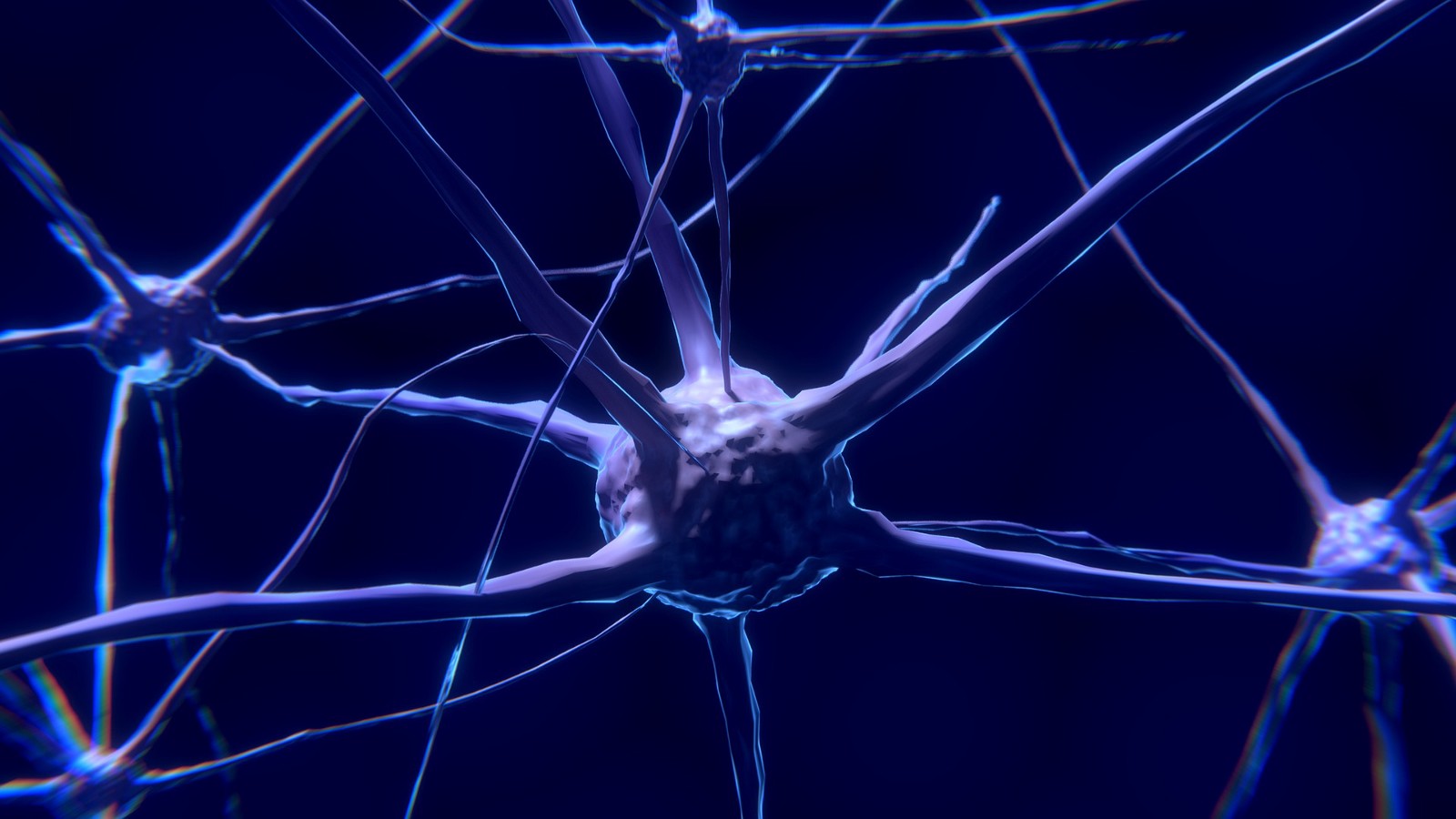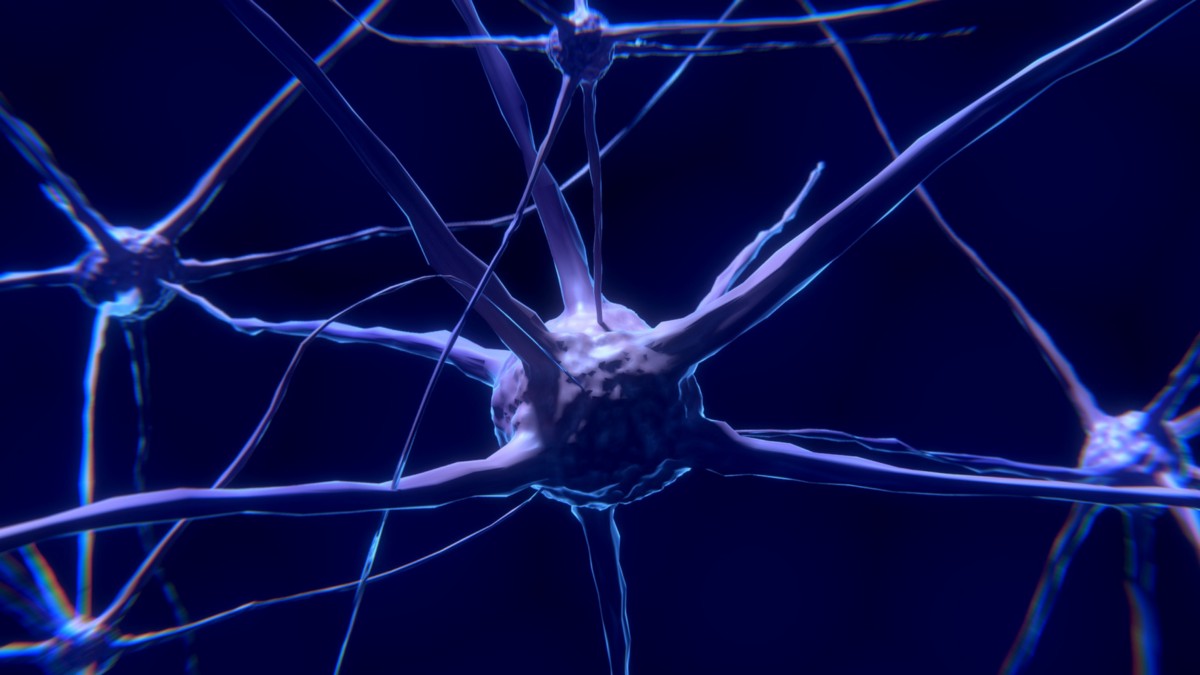
I have a habit of connecting the dots between design and various other fields of studies which I start learning about. Lately, I have been learning neurosciences and thinking about how we could harness findings from it to designing better products. It gave me chills.
For instance, introduction of brain activity monitoring device such as functional magnetic resonance imaging(fMRI) have brought long-standing questions on human cognition under the purview of scientific exploration. Neuroscientists are unraveling the mysteries related to brain at meteoric rate.
fMRI has revolutionized our ability to view human brain in action, however, owing to the size and cost of fMRI, it is not very practical in current times to apply it in natural settings for HCI design.
But we have fNIR that can be mounted on participant’s head and be used in natural settings. fNIR is a powerful tool that can be used for cognitive tests.
fNIR is emerging non-invasive, lightweight imaging tool which can measure blood oxygenation levels in the brain.
Using fNIR, brain activity is measured through haemodynamic responses associated with neuron behaviour. Haemodynamic responses (HR) allow the rapid delivery of blood to active neuronal tissues.
To put it simply, fNIR can help to determine which part of your brain lights up when doing some mental activity.
fNIR being small & portable can be applied in natural settings unlike fMRI. Moreover, fNIR is not noticeable by participants after a few second of wearing it.
fNIR sensor is attached to participant’s forehead and can be monitored through a computer. Data from it is recorded when participant is doing a specific task, and later it can be analyzed how brain activity is being affected based on the given task.
Our brains have different regions involved to assess ease of use, fNIR can help reveal some neural correlates for the same and can help in assessing what interactions are causing maximum cognitive load to the user.
fNIR can help us determine what catches our participants attention. It might help us make optimal design decisions for buttons, shape, color, picture etc.
While designing we cannot certainly predict what are the elements of design that might cause tension and frustration to user’s mind. But, fNIR measures blood volume, that can indicate tension and arousal in our participants.
Brain imaging technologies like fNIR, have potential to revolutionize the way we do usability testing and subsequently help us take optimal design decisions (However, there are certain limitations of fNIR too, owing to the fact that our brain is too complicated to understand completely!). Maybe design teams will employ neuroscientists in near future and we might have a scientific answer to why a user experience is fundamentally good or bad.
All in all, I believe, very soon cognitive neuroscience will pave way to better design and might become an integral part of the design process.

